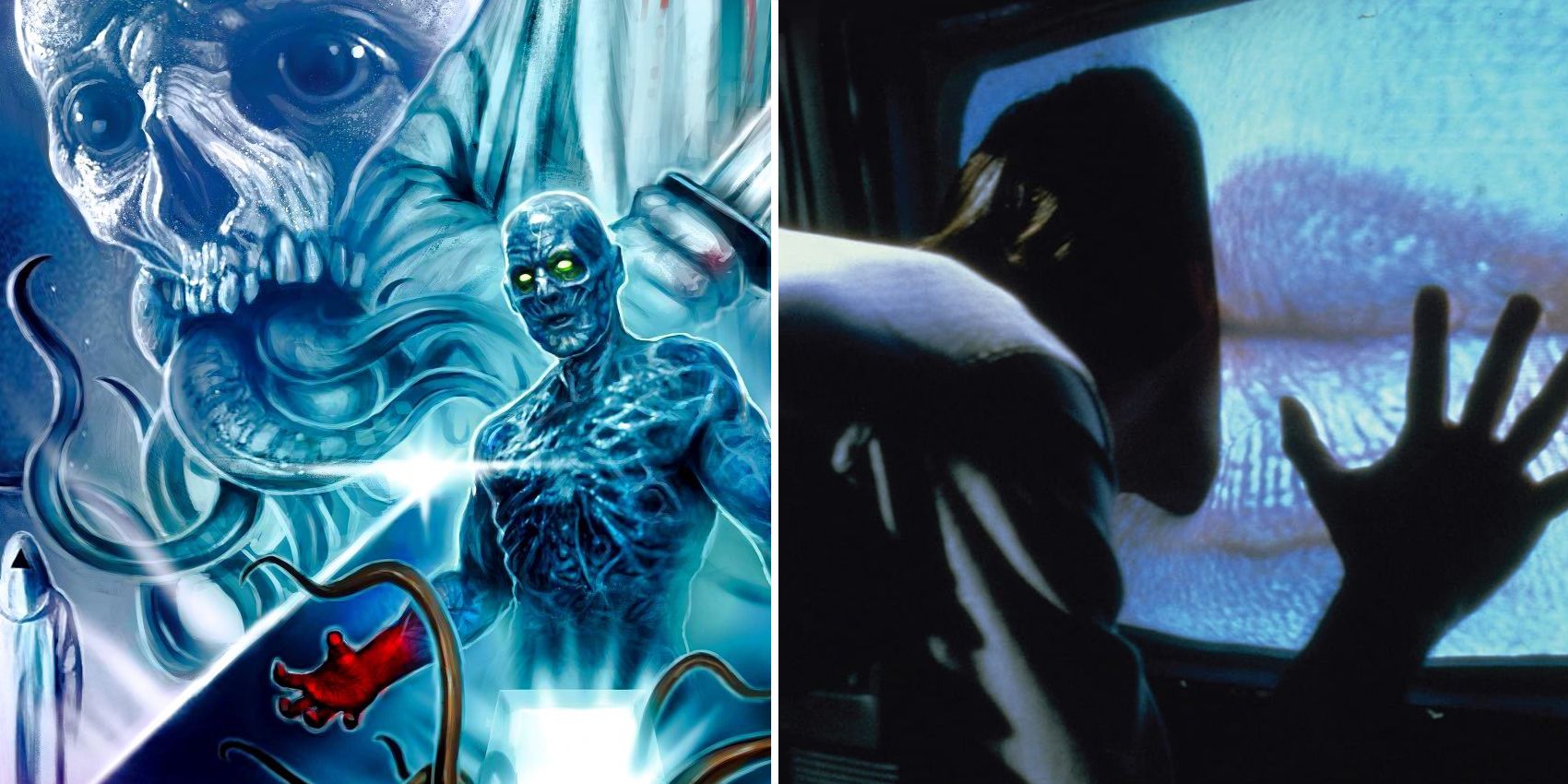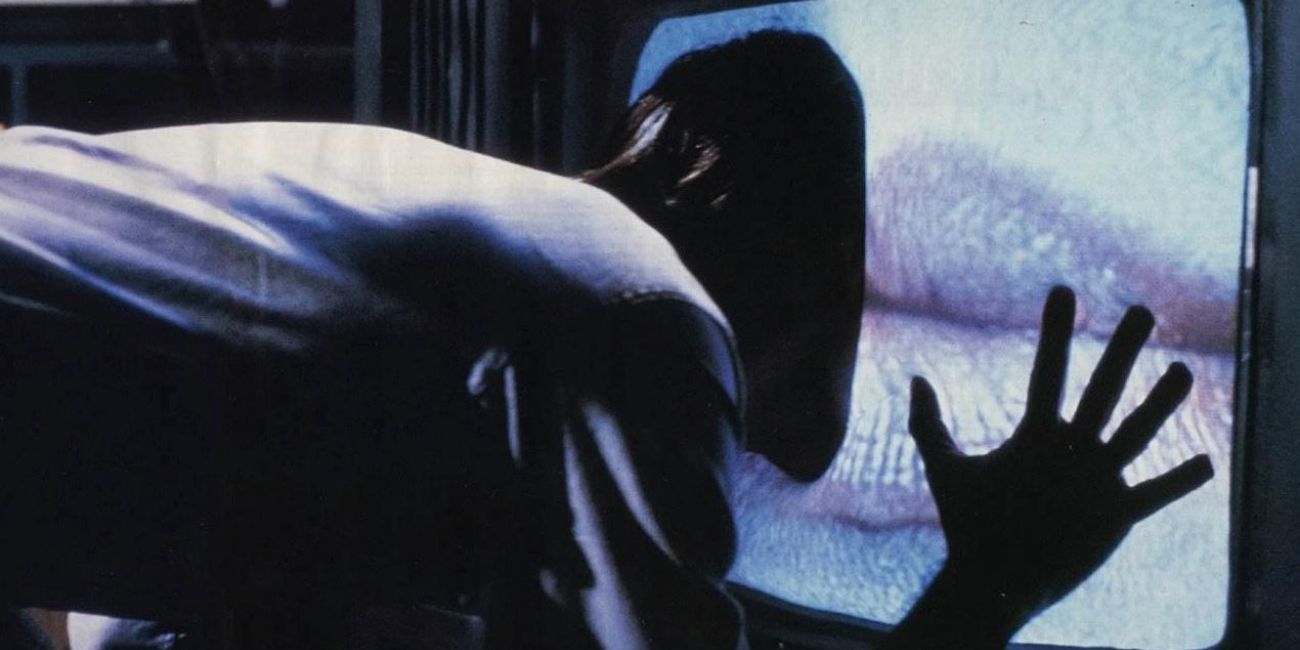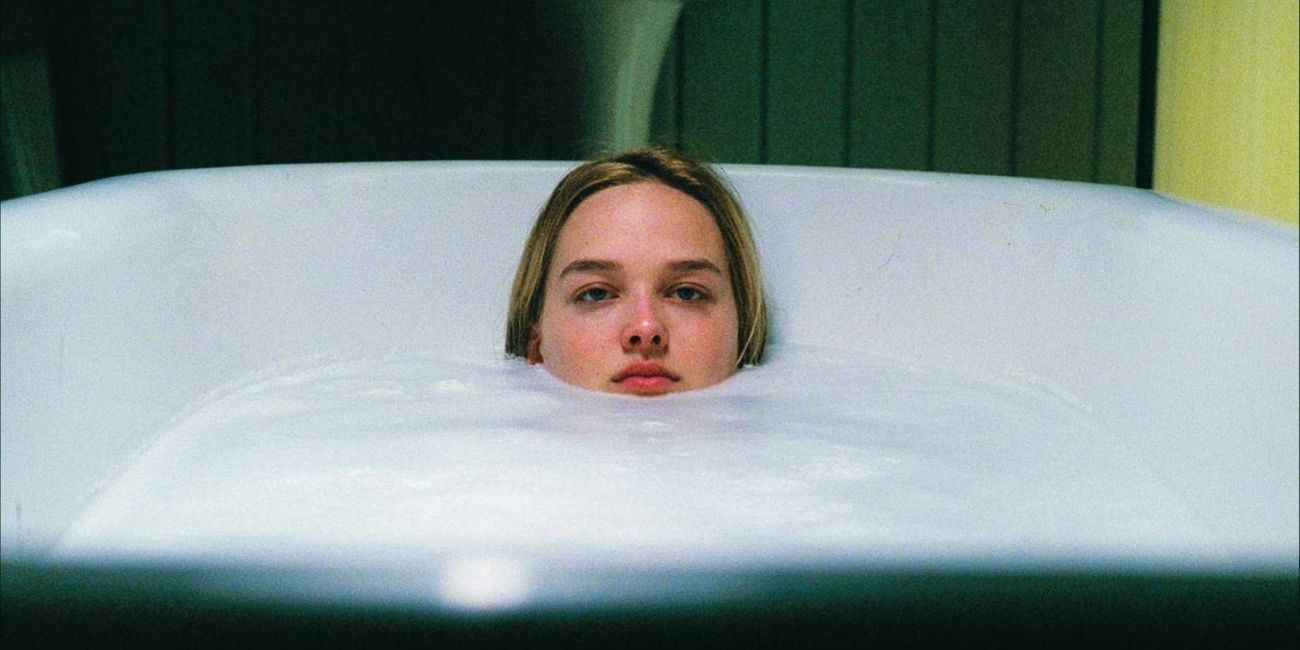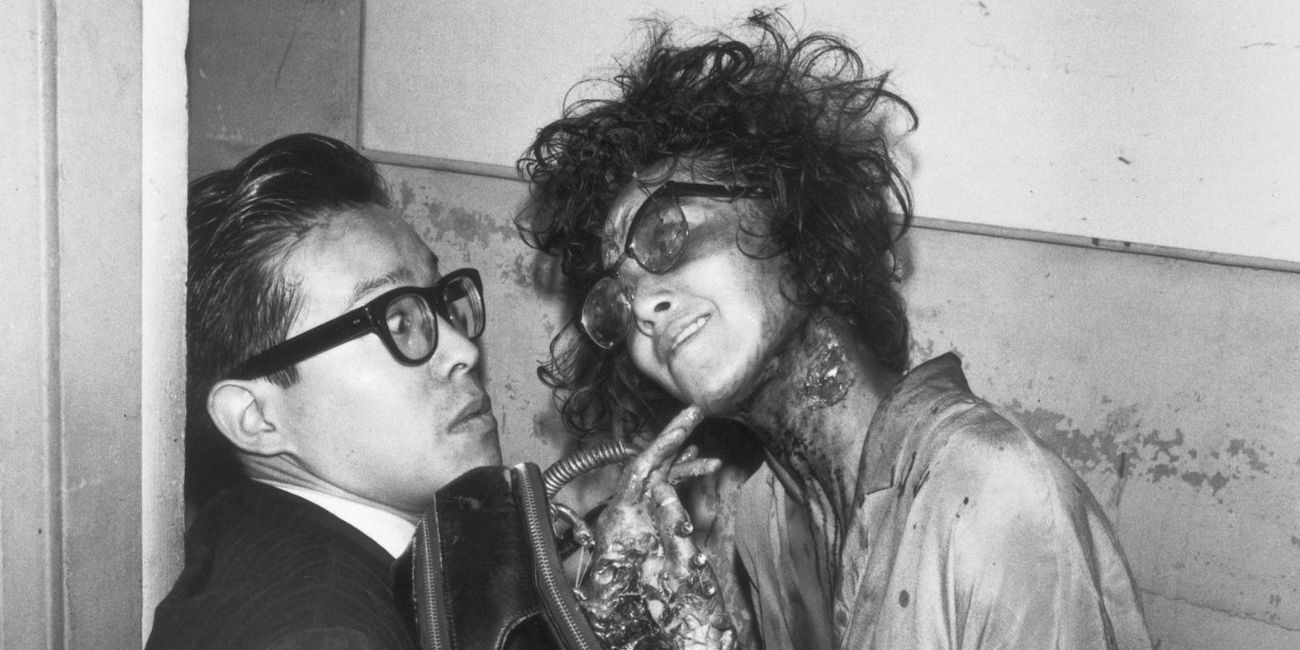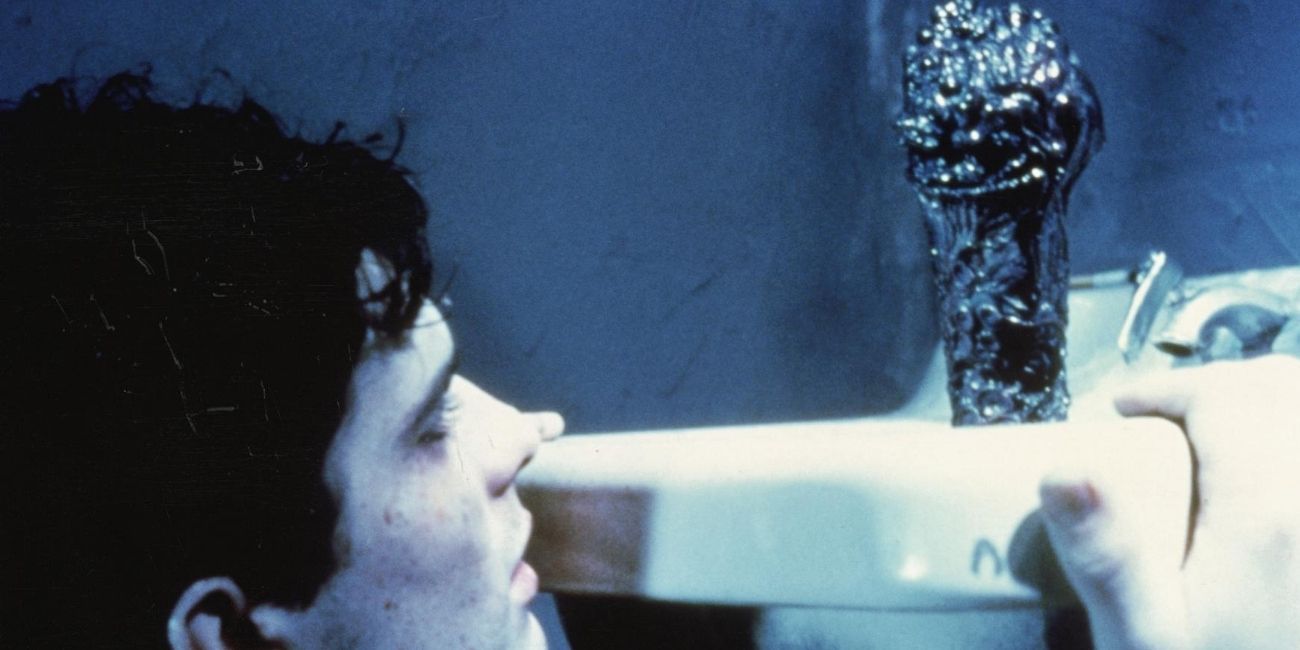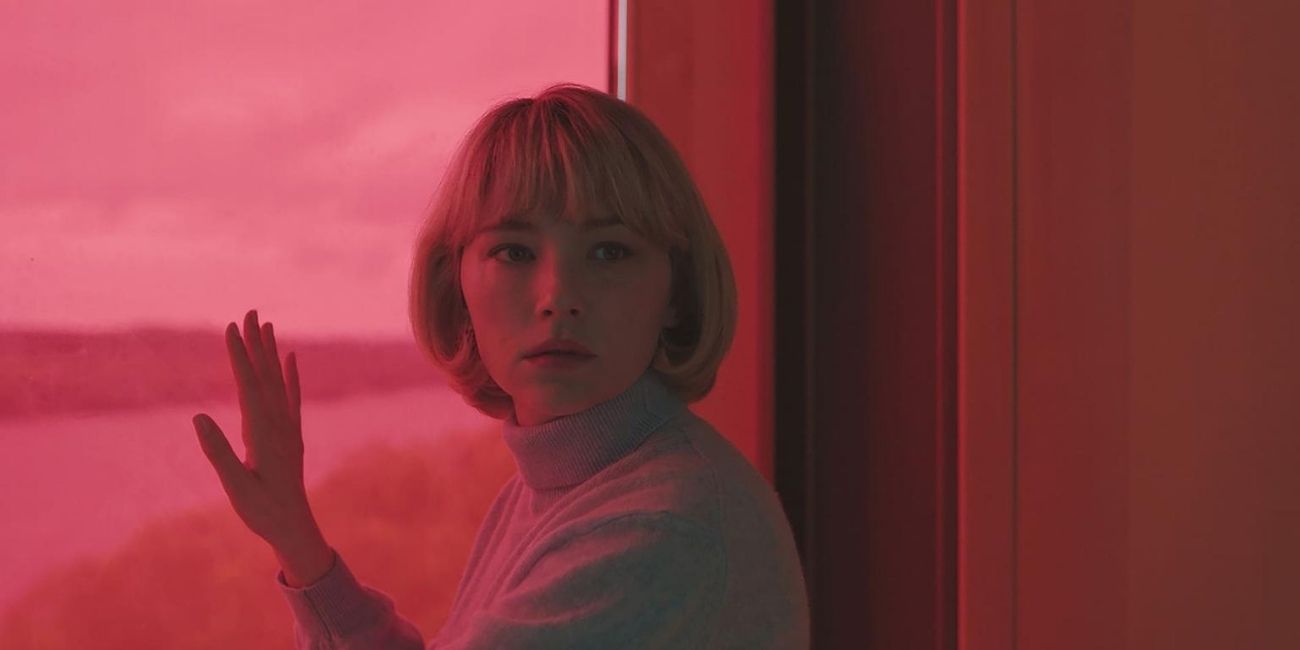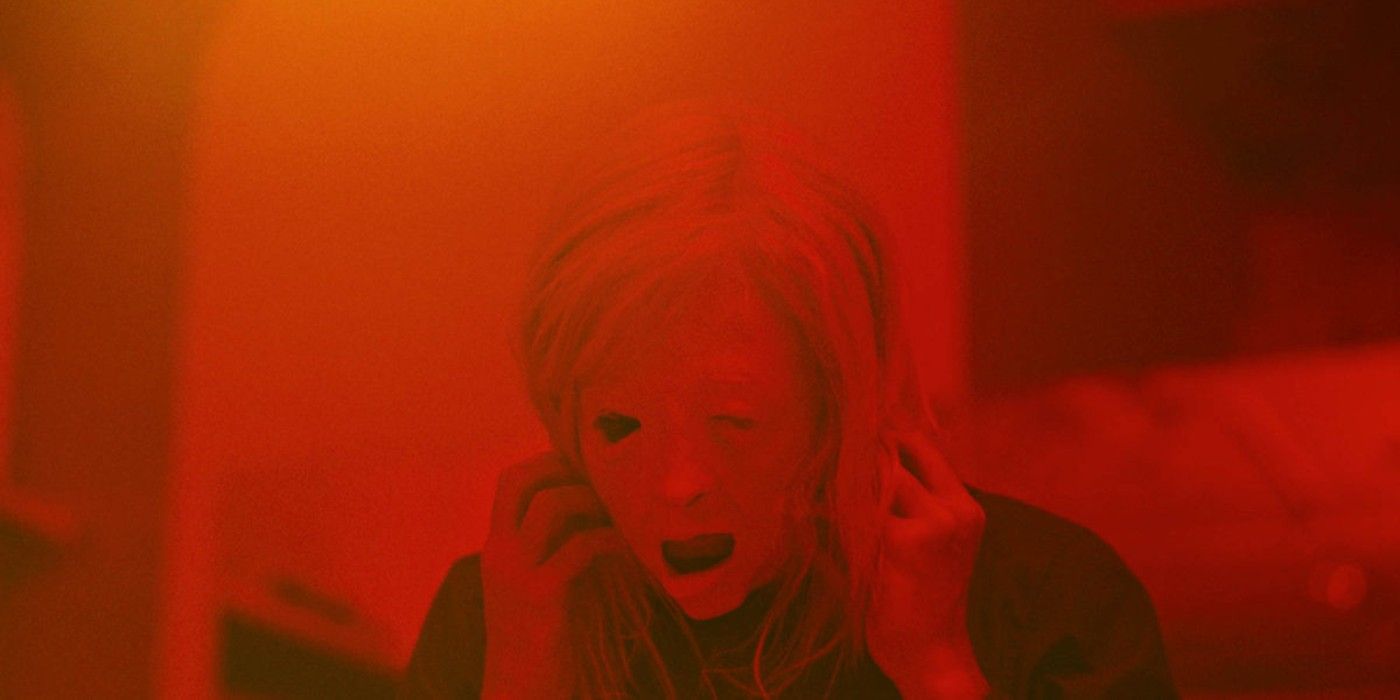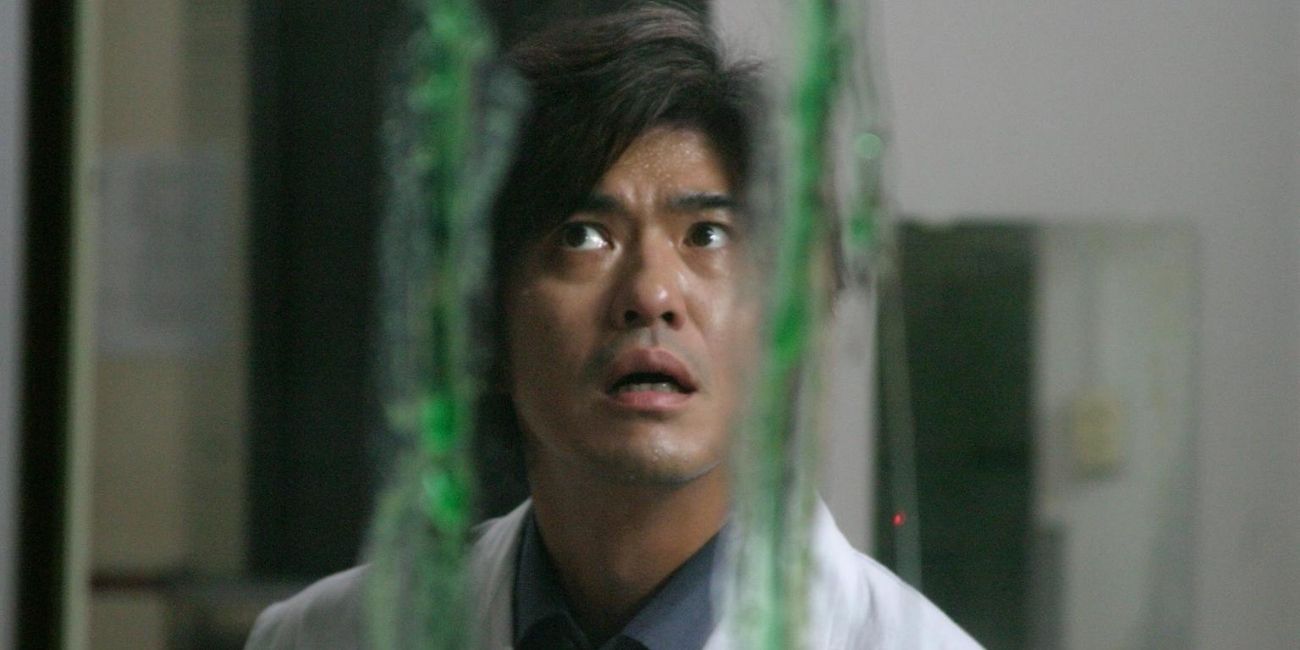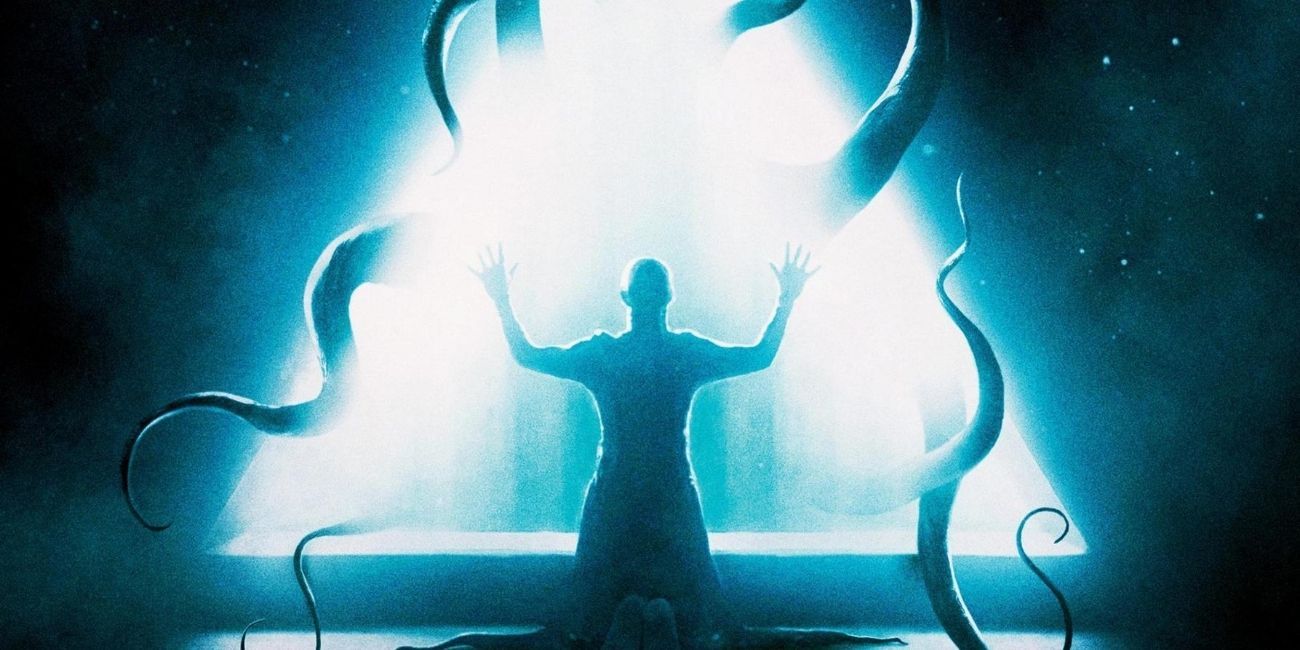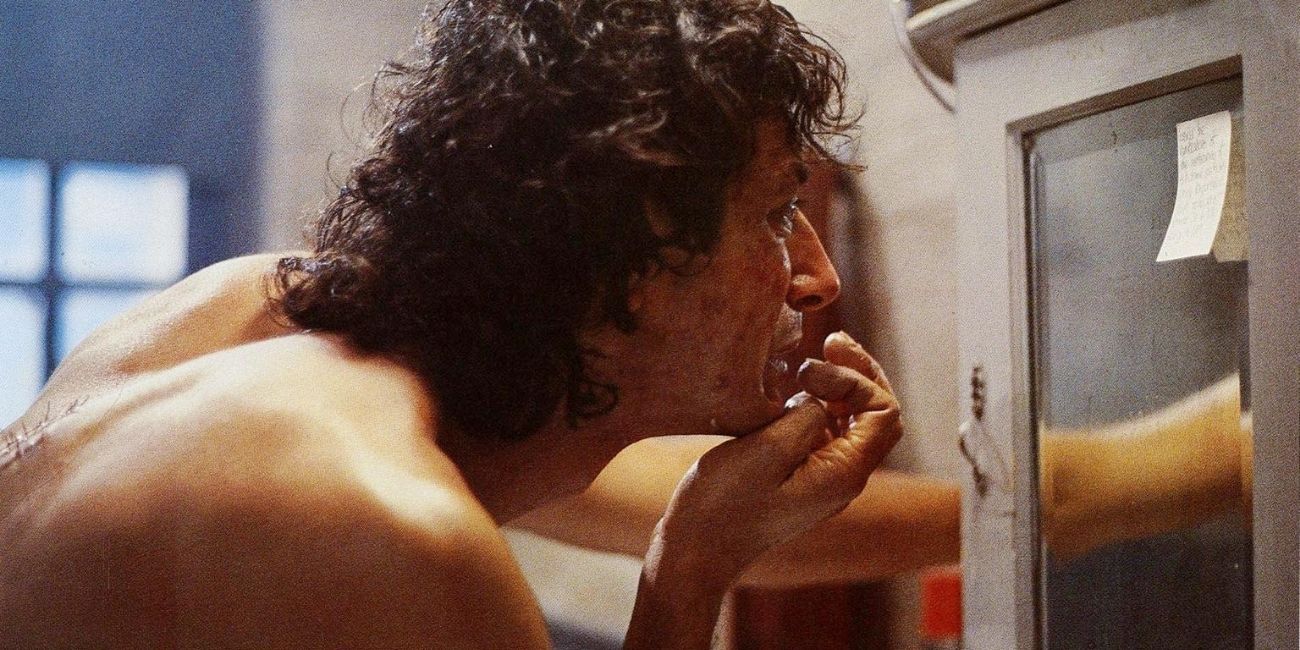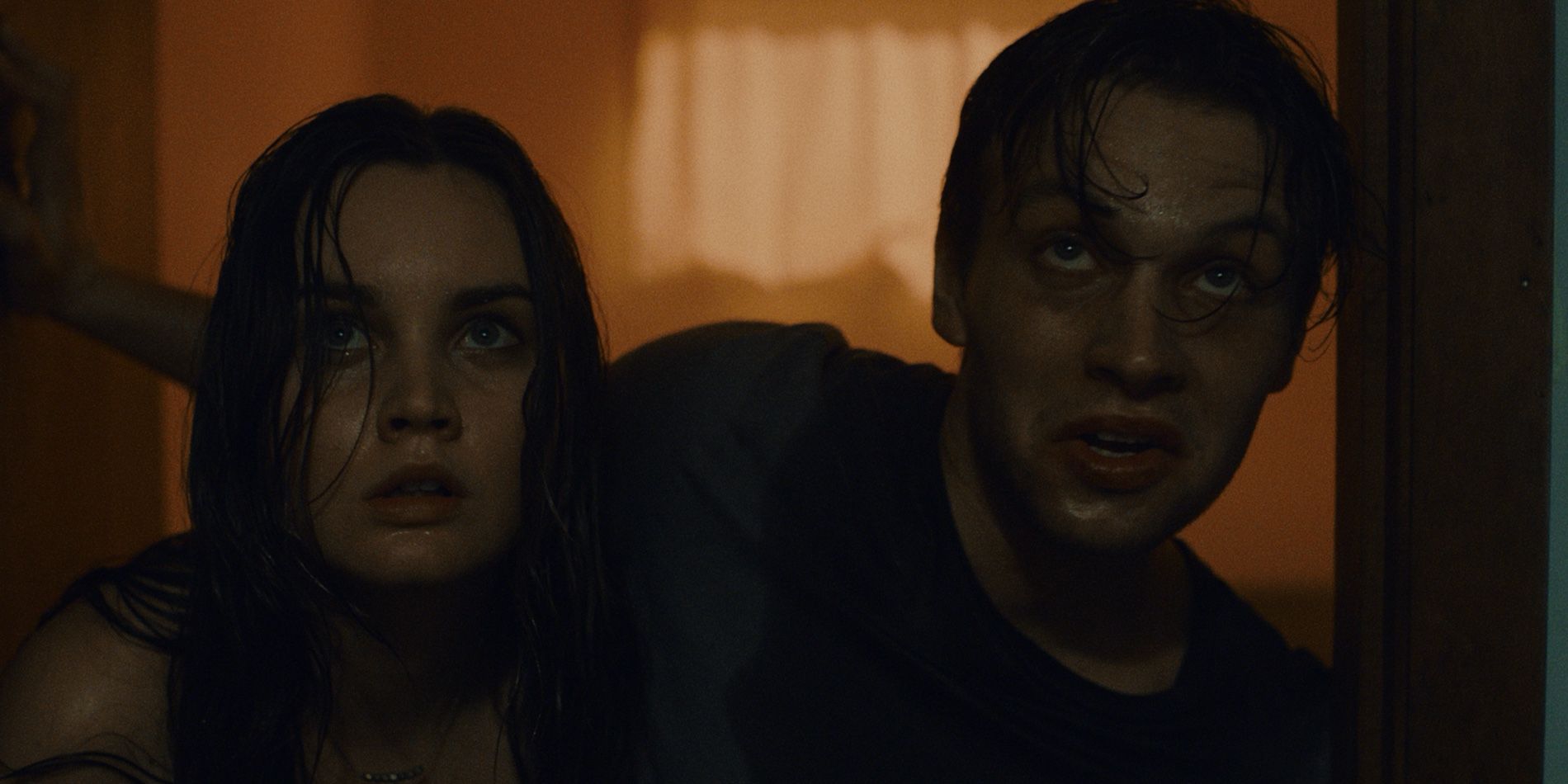One of the greatest universal fears comes from within ourselves, the ability of the body and mind to contort into something unfamiliar and horrific. As a result, these themes have long been explored in horror cinema, with even notable series like Hellraiser and the portrayal of cenobites, who both celebrate and admonish the transformative power of the body.
With body horror making its way, to some degree, into most of horror cinema, these films act to highlight not only some of the best, but the different ways in which the subject can be approached. As a result, all different maladies, both mental and psychical, are showcased.
Videodrome (1983)
Owner of a public broadcasting TV network, programmer Max Ren has garnered a reputation for the sleazy content his channel offers to stay afloat in a competitive marker. However, when he stumbles across a rogue broadcast known as "Videodrome," his mind and body becomes intertwined with the disturbing snuff content being televised.
Blurring the lines between reality and fantasy, and treating the human body as a means to an unknowable end, David Cronenberg's Videodrome rests as his most abstract exploration of body horror. Consequently, the transformation of Max Ren into a human weapon, while absurd, is masterfully explored in the obsession with violent media explored in the production.
Teeth (2007)
With a belief in religious chastity and profound commitment to spreading the importance of abstinence, Dawn finds she suffers from a rare condition which makes it impossible for her to even attempt relations with others. Now with her beliefs and hopes shaken up, a violent encounter makes Dawn's condition a tool of revenge.
The real life moment of body horror everyone must face, puberty and coming of age, is explored with a dark comedic wit in Teeth. While best described as a bleak comedy, the transformation of Dawn is understandably upsetting, and her mental decline of learning of her condition becomes a difficult experience to watch.
Tetsuo The Iron Man (1989)
After a fatal car collision with a pedestrian, a couple attempts to ignore the incident and carry on with their lives. However, the pair soon becomes haunted by visions of their act and their bodies begin to contort and produce metal deformities that reflect their crime.
Tetsuo the Iron Man offers an experimental nightmare in a similar vein to David Lynch's Eraserhead. While both films feature the same abstract flow and experimental approach to narrative, Tetsuo moves at a breakneck pace, egged on by an industrial sound score made of scrap metal. The transformations may be excessive, but the avant-garde approach makes this a one of a kind trip into a Japanese cyberpunk nightmare.
Brain Damage (1988)
After having a very vivid dream, Rick finds an odd mark on the back of his neck that seems to be a catalyst for an extremely euphoric trip. Shortly after this experience, he meets Elmer, a parasitic creature that feeds its victims a psychotropic drug; Rick is then tasked to deliver brains to keep the trip going.
Directed by Frank Henenlotter, an often glossed over icon of low budget eighties horror cinema from New York, Brain Damage disgusts with its portrayal of extreme withdrawal as Rick tries to separate from Elmer. Additionally, there is a certain charm to the odd little creature, who commands such a stronghold over those that become addicted to his "poison."
Swallow (2019)
Feeling a disconnect from her affluent husband, pregnant housewife Hunter starts to approach her own fears through self harm. As Hunter's anxiety increases she consumes dangerous goods, a secret which can't stay hidden as her health deteriorates and her unborn child becomes threatened by the addiction.
A confident and expertly shot drama first, Swallow does contain a fair amount of upsetting moments in its exploration of the little known disorder pica. Consequently, the sincere portrayal of mental health becomes punctuated by some uncomfortable scenes of consuming harmful material, which becomes exponentially worse as Hunter feels threatened by her surroundings. Overall, the film balances mental health, horror, and drama in equal amounts, all the while offering an interesting portrait of a rare disorder.
Possessor (2020)
As part of a secret organization, Tasya Vos' job sees her entering the mind of victims to carry out violent murder and use the body as a scapegoat to the crimes. On her recent assignment, things go awry when the host regains control the moment after a her target is murdered.
Son of the prolific Canadian director David Cronenberg, Brandon Cronenberg has shown a similar knack in exploring themes of extreme transformation. His latest film, Possessor, presents many different layers of body horror. Notably, there is a struggle between Tasya and her target as the two start a deadly struggle that ends in violent outbursts and blackouts. Add one of the most harrowing conclusions in recent memory, Possessor will likely disturb viewers for years to come.
Infection (2004)
A hospital on the verge of closing due to a lack of funding takes in a late night delivery from an ambulance forced to leave the injured at the almost defunct facility. However, the figure left behind barely resembles human, and is covered in a green slime that causes an infection of madness across the hospital.
Infection, originally a made-for-TV movie, garnered some cult success among horror fans due to its interesting mix of supernatural and body horror. As a result, the transformations of the staff embody both spiritual possessions and a body succumbed to disease. It's a terrifying combo that makes the production memorable among the wave of Japanese horror films introduced to the West in the 2000s.
The Void (2016)
After delivering a wounded man to a near abandoned hospital, a police officer experiences a string of horrific events tied to a hooded cult that is staking out the hospital grounds.
A film that openly celebrates its homages to films such as John Carpenter's The Thing and Lucio Fulci's The Beyond, The Void acts as a love letter to horror for the seventies and eighties. Much like the titles it celebrates, the film also contains amazing special effects to capture the transformation from man to monster. It's a slightly surreal experience that should appease fans of practical effects showcasing extreme body distortions.
The Fly (1986)
After an experiment goes awry, an eccentric and brilliant scientist finds that his genes have been mixed with that of a fly, resulting in a terrifying transformation.
The term body horror feels almost synonyms with the name of David Cronenberg. While many of his films fit well within the genre, The Fly acts as his biggest mainstream success within the genre. Additionally, the film marks one of Jeff Goldblum's most iconic roles as the troubled scientist undergoing extreme body changes. A true classic of the '80s reinvented the original Vincent Price helmed film into something utterly disgusting yet equally enthralling.
The Beach House (2019)
A romantic getaway to rekindle strained relations in The Beach House turns horrific when an odd substance makes its way into the drinking water. The couple soon learns that the effects have been taking place before they arrived, as leaving the beach house shows a town overrun by a mist that transforms its citizens into monsters.
A Shudder acquisition, The Beach House gives a nice nod to the cosmic horror of the iconic H. P. Lovecraft. This is echoed in the otherworldly nature of the creatures, birthed from an unknown alien world, and their desire to consume life around them to make something new and primal. Backed by a strong script and performances, the film balances tension and gross out horror in equal amounts.

